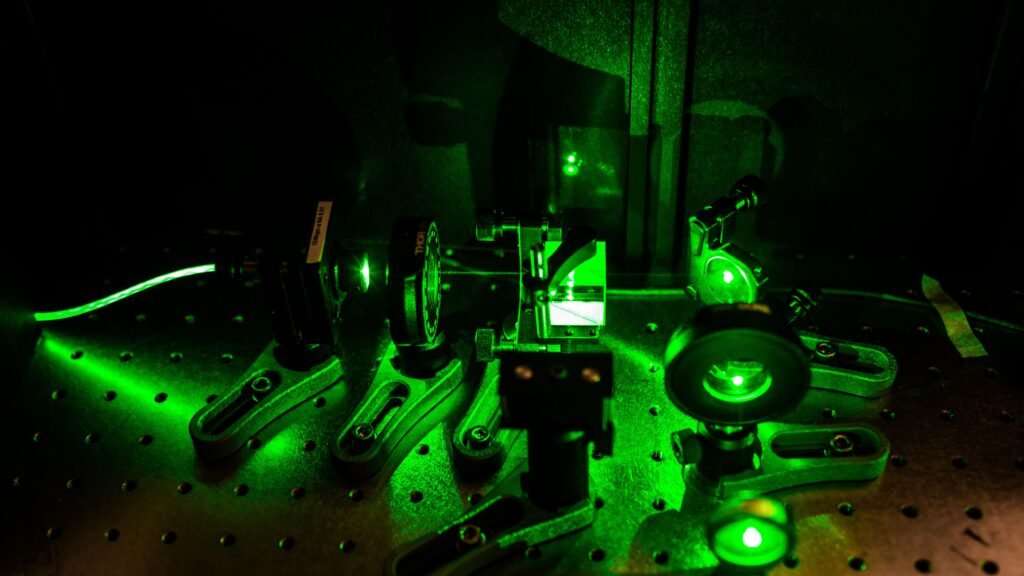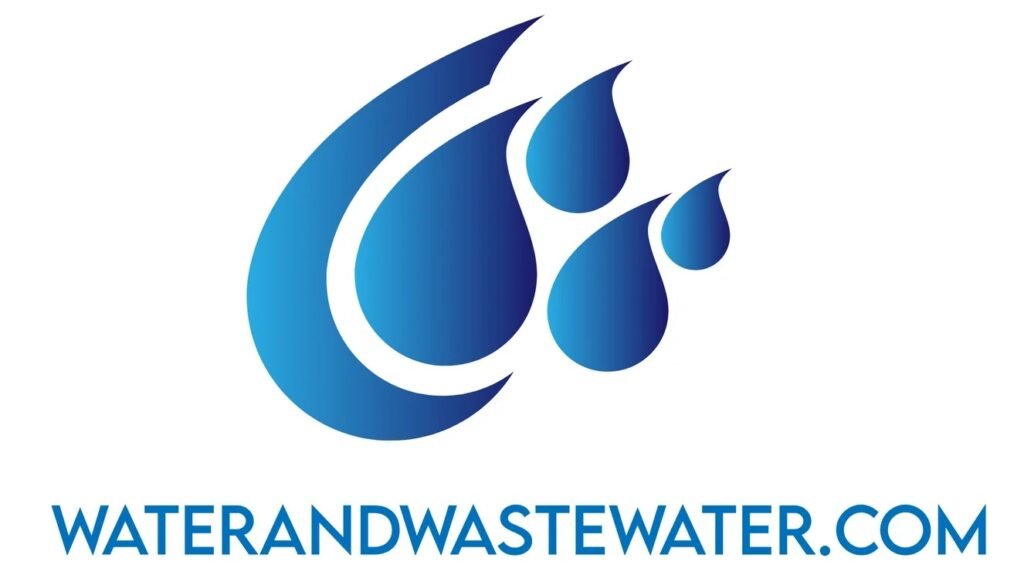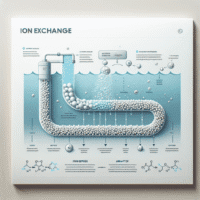Quantum Magnetomechanical Water Sensors

Quantum Magnetomechanical Water Sensors: A Journey into the Revolutionary Fusion of Quantum Mechanics and Environmental Monitoring
Introduction
The global challenges of water quality and environmental monitoring have necessitated the evolution of sophisticated sensor technologies. While traditional water sensors have paved the way for substantial progress in water diagnostics, the advent of quantum mechanics has introduced even more sophisticated methods for heightened accuracy and efficiency. Among these advancements, the integration of quantum mechanics with magnetomechanical principles has given rise to Quantum Magnetomechanical Water Sensors (QMWS) — a paradigm shift poised to revolutionize water sensor technology.
Understanding Quantum Mechanics and Magnetomechanics
Quantum Mechanics: The Underpinning Theory
Quantum mechanics, the branch of physics that deals with phenomena at atomic and subatomic levels, has been instrumental in several technological revolutions over the last century. Its principles — wave-particle duality, uncertainty, superposition, and entanglement — enable a profound understanding and manipulation of matter at its most fundamental level. Quantum technologies leverage these principles to achieve unprecedented precision and sensitivity in measurement instruments.
Magnetomechanics: The Fusion of Magnetic and Mechanical Phenomena
Magnetomechanics is the study of the interplay between magnetic fields and mechanical properties. It explores how magnetic forces can induce mechanical motion, and vice versa. This field has enabled the development of sensors and actuators that are highly sensitive to magnetic fields and mechanical deformations. Magnetomechanical devices are critical in several industries, including medical diagnostics, aerospace, and now, environmental monitoring through water sensors.
Quantum Magnetomechanical Water Sensors: The Fusion Technology
Quantum Magnetomechanical Water Sensors (QMWS) integrate the principles of quantum mechanics with magnetomechanics to precisely detect and measure water quality parameters. This fusion technology encompasses quantum-enhanced magnetomechanical transducers, which utilize quantum properties to amplify mechanical signals generated by magnetic interactions within a water sample.
How QMWS Work
-
- Quantum-State Preparation:
QMWS begin by preparing a quantum state in a magnetomechanical system. This typically involves cooling a microscopic mechanical oscillator (such as a membrane or cantilever) to its quantum ground state using laser cooling techniques.
- Quantum-State Preparation:
-
- Magnetomechanical Interaction:
The prepared quantum state interacts with magnetic nanoparticles suspended in the water sample. Magnetic fields in the water can cause these particles to oscillate, altering the mechanical state of the oscillator. The oscillation is influenced by various water quality parameters such as pH, salinity, contaminant presence, and temperature.
- Magnetomechanical Interaction:
-
- Quantum Measurement:
The mechanical oscillations are then read out using highly sensitive quantum measurement techniques. These measurements are performed using devices such as superconducting quantum interference devices (SQUIDs) or quantum optomechanical systems. The quantum properties such as superposition and entanglement enable these measurements to surpass classical limits of precision.
- Quantum Measurement:
-
- Analysis and Interpretation:
The resulting data, which encompasses the quantum states altered by magnetomechanical interactions, is analyzed to extract precise information about the water quality parameters. Advanced quantum algorithms and machine learning techniques are typically employed to interpret the results accurately.
- Analysis and Interpretation:
Advantages of QMWS over Traditional Water Sensors
-
- Unmatched Sensitivity:
Quantum enhancements provide QMWS with heightened sensitivity to detect even the most minute changes in water quality. The superposition and entanglement properties enable detection at levels that conventional sensors might miss.
- Unmatched Sensitivity:
-
- Higher Precision and Accuracy:
QMWS offer unparalleled precision, reducing the risk of false positives and negatives in water quality analysis. The quantum measurement processes ensure that even the slightest mechanical oscillations caused by magnetic field variations are accurately recorded.
- Higher Precision and Accuracy:
-
- Rapid Response Time:
The real-time interaction between quantum states and magnetomechanical systems allows for rapid sensing and analysis. This is crucial for timely water quality monitoring and swift response to contamination events.
- Rapid Response Time:
-
- Enhanced Miniaturization:
Quantum technology facilitates the miniaturization of sensors without compromising their performance. Compact QMWS can be deployed in a variety of challenging environments, from remote field locations to intricate industrial pipelines.
- Enhanced Miniaturization:
Applications of Quantum Magnetomechanical Water Sensors
Environmental Monitoring
One of the primary applications of QMWS lies in environmental monitoring. With global water bodies under increasing threat from pollution and climate change, QMWS can provide continuous, precise monitoring of lakes, rivers, oceans, and groundwater. Their high sensitivity allows for early detection of pollutants, algal blooms, and other hazardous substances, enabling timely interventions to protect water ecosystems.
Industrial Applications
Industries reliant on water — such as pharmaceuticals, food and beverage, and manufacturing — already employ a range of water quality monitoring techniques. However, QMWS can enhance these processes by offering more accurate and reliable data. This helps in maintaining high standards of product quality and safety, and in ensuring compliance with environmental regulations.
Agricultural Water Management
In the agricultural sector, optimal water quality is crucial for crop health and yield. QMWS can monitor irrigation water, detecting contaminants and nutrient levels with high precision. This allows for more efficient water use and better crop management, contributing to sustainable agriculture practices.
Municipal Water Supply
Municipalities can benefit from QMWS by ensuring the consistent quality of water supply to households. These sensors can detect contaminants such as heavy metals, pathogens, and chemical residues more accurately than conventional methods, thereby safeguarding public health.
Challenges and Future Directions
While QMWS hold immense promise, there are several challenges and avenues for future research and development.
Scale and Cost
Currently, the scale and cost of producing QMWS can be prohibitive. Advances in nanofabrication and quantum technologies are needed to make these sensors more economically viable for widespread deployment.
Integration with Existing Systems
Integrating QMWS with existing water monitoring infrastructures poses both technical and logistical challenges. Considerable effort is required to ensure compatibility and seamless operation alongside conventional sensors and data systems.
Robustness and Durability
Quantum systems can be sensitive to environmental conditions. Ensuring the robustness and durability of QMWS, especially in harsh environments, is crucial for their practical application. Protective coatings and encapsulation techniques can help enhance their longevity.
Standardization and Calibration
The lack of standardized protocols for the calibration and operation of QMWS can hinder their adoption. Establishing clear guidelines and international standards will be key to their widespread acceptance and use.
Conclusion
Quantum Magnetomechanical Water Sensors represent a significant leap forward in water quality monitoring technology. By harnessing the power of quantum mechanics and magnetomechanics, these sensors offer unprecedented sensitivity, precision, and rapid response capabilities. Whether used for environmental monitoring, industrial applications, agricultural water management, or municipal water supply, QMWS have the potential to transform how we monitor and safeguard our water resources. As research and development continue, overcoming the challenges of scale, integration, robustness, and standardization will be crucial to unlocking the full potential of this revolutionary technology and ensuring its widespread adoption for the betterment of society and the environment.


